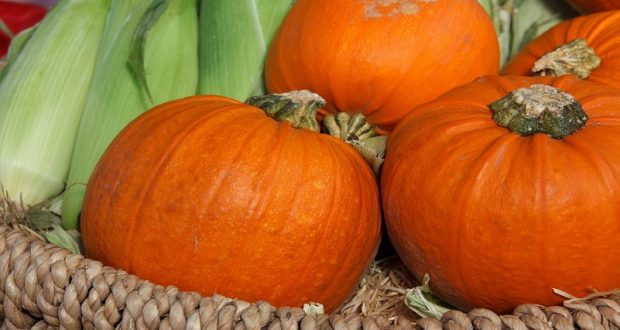By Brian David —
Guided by sonar, night vision and the earth’s magnetic field, the Pallid, Mexican, and California Myotis bats – flying near fifty miles an hour – eat nocturnal insects mid-air. A dining night out delivers over half a bat’s body weight in nutritious insects.
Central California crops including beets, citrus, corn, cotton, pecans, peppers, rice, strawberries and tomatoes all benefit from pest-eating bats. Estimates are in billions of dollars saved across America’s farm lands by bats eating crop pests.
Cooler weather moves bats inside. Bats go semi-dormant hanging upside down in a sheltered area until weather warms and insects swarm. If bats get into an attic a one-way sock over the entry space allows them to crawl out the exit, but not to reenter because of the deflated draped sock.
Insect-eating bats convert their meals into personal energy and leave their dung (guano) as a potent fertilizer. Setting up a bat house for these ancient beneficial mammals is a good move.
Pumpkins
As the bats are becoming less active in the fall, plump orange Jack O’ Lantern pumpkins are rolling out around the country. California tops the list for the most fresh-grown Jack O’ Lantern/Howdin pumpkins in the United States. San Joaquin Valley provides nearly seventy percent of those beautiful pumpkins.
Growing pumpkins in North America predates corn cultivation and acorn processing by over a thousand years. Indigenous North Americans were harvesting pumpkins along with climbing beans and tall sunflowers this time of year centuries ago.
Four parts of pumpkins are edible – the young leaves (tasting like spinach), the flowers (if you want to thin the fruit on a stem), the dried seeds, and the flesh beneath the skin. Most pumpkin skin is too thick to eat. The thirty different varieties of pumpkin are bred for decoration or eating.
To make a healthy snack from a pumpkin, add one tablespoon of salt for every two cups of water in which you immerse clean pumpkin seeds. Bring the seeds to a boil, then simmer for ten minutes. Drain dry and lay the seeds on an olive oiled cookie sheet and place them in a pre-heated oven at 400 degrees for five to twenty minutes, depending on the size of your seeds. Roasted seeds should be browned. Let them cool and taste test them. Pumpkin seeds are packed with healthy proteins, good fats, minerals and vitamins.
Tarantulas
When pumpkins are showing up, tarantulas are emerging from their small holes. Mature adult males venture out to find a female mate. It takes a male tarantula seven to ten years to mature. Once mature he will go looking for a female to mate with for the first and last time. Females can go on living into their mid-twenties.
While foothill tarantula spiders may extend their eight legs and raise the hair on their backs for protection from a perceived threat, biting a person would be very hard for their little mouths and would be unusual. Tarantulas are nocturnal insect feeders and a welcomed guest in any garden. When driving please safely yield for tarantula crossings.
Garlic
Now is a good time to plant hard neck garlic (buy certified disease-free cloves). One clove planted yields about ten harvested. Other crops to plant include onion starts, spinach, cilantro and lettuce and succession plantings of crops mentioned last month. Enjoy the changing weather patterns, mysteries and wonders of fall.
Master Gardeners
Would you like to become a Master Gardener? The bi-annual UC Master Gardener course runs from Jan. 9 to May 8, 2019. Classes are on Wednesdays from 9 a.m. to 1 p.m. at the Cathey’s Valley Park. Pick up applications at any UC Master Gardener event, the Cooperative Extension Office, or by email at smace@ucanr.edu.
Visit our UCMG website: http://cemariposa.ucanr.edu/Master_Gardener
Follow us on Facebook at: https://www.facebook.com/mariposamastergardeners
Read articles & events in Sierra News Online
Listen to local interviews on KRYZ 98.5 FM at http:www.kryzradio.org
The U.C. Master Gardener Helpline is staffed Thursdays from 2 – 5 p.m.
Please contact the helpline, or leave a message by phone at (209) 966-7078
By email (send photos and questions for researched answers) to mgmariposa@ucdavis.edu
Master Gardener Office Location:
UC Cooperative Extension Office,
5009 Fairgrounds Road
Mariposa, CA 95338
Phone: (209) 966-2417
Email: mgmariposa@ucdavis.edu
Website: http://cemariposa.ucanr.edu/Master_Gardener/
Brian David is a U.C. Master Gardener, Mariposa




